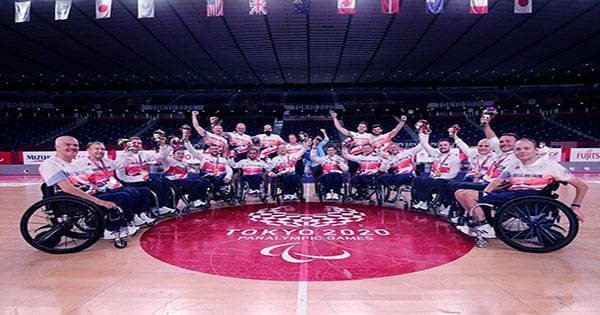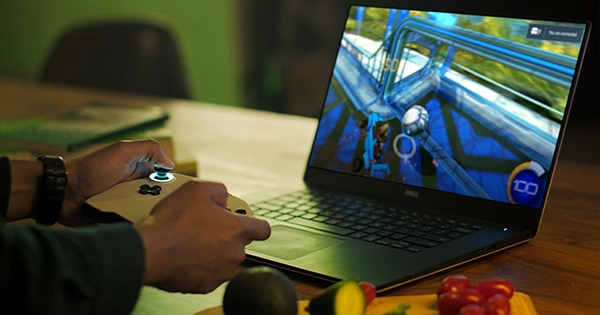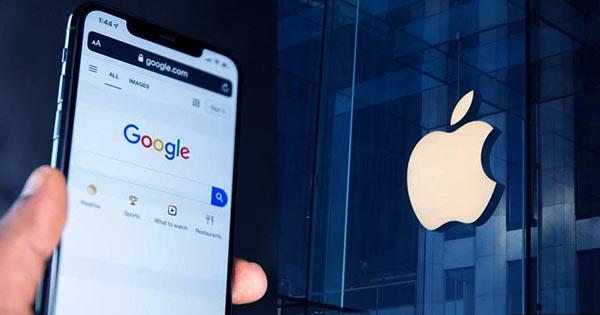I went out with the swim team for a celebratory supper after winning my first gold medal in the 1972 Paralympics. I’ll never forget seeing my teammates, all world-class athletes, being carried up the few steps into an inaccessible restaurant in their wheelchairs. While not unusual at the time, the striking contrast between that moment and our pool triumph earlier that day made it stand out.
I mused on the absurdity of the situation as I put on my braces and carefully made my way up the stairs. We were role models for millions of people as Paralympic champions. We were dismantling preconceptions and shifting people’s ideas of what disabled individuals could achieve. Despite the fact that society praised us, we were not accommodated by it.
Many essential products and services needed tremendous strength and agility to get. Attempts to completely participate in the physical world were faced with roadblocks. It was evident at the time that the work of the Paralympic movement, which aimed to promote disability rights via paralympic sport, was far from done.
We began to witness a steady movement toward more accessible cities during the next four Paralympic games in which I competed. The Paralympic movement had a significant role in this progress. By putting a diverse group of disabled individuals on television around the world, it took the issue of equal access out of the shadows. The Paralympics also requested that host towns do better, necessitating significant and long-term improvements in infrastructural accessibility. While there is still much space for improvement, disabled persons today have found answers to the majority of their difficulties and are more equipped to engage in society than they have ever been.
However, as the internet becomes more integrated into our daily lives, we are seeing the same exclusionary tactics that we saw — and fought against — all those years ago resurface in a new guise. According to recent research, more than 97 percent of the world’s top 1 million websites have accessibility concerns on their homepages. A restaurant website that does not allow keyboard navigation or does not work effectively with screen readers can hinder someone who uses these technologies from ordering food, just as a lack of wheelchair access can prevent them from entering.
The transition online has accelerated as a result of COVID-19 upending our daily routines. More and more businesses are turning digital, with their website serving as the sole means of making appointments, purchasing groceries, or applying for jobs. This necessitates the creation of more accessible websites than ever before. It’s not just a little annoyance or a lack of capacity to use a new technology or service. Basic daily necessities are increasingly shifting online, making them less accessible in the process. This downward spiral has prompted me to stand up and tell my tale.
















